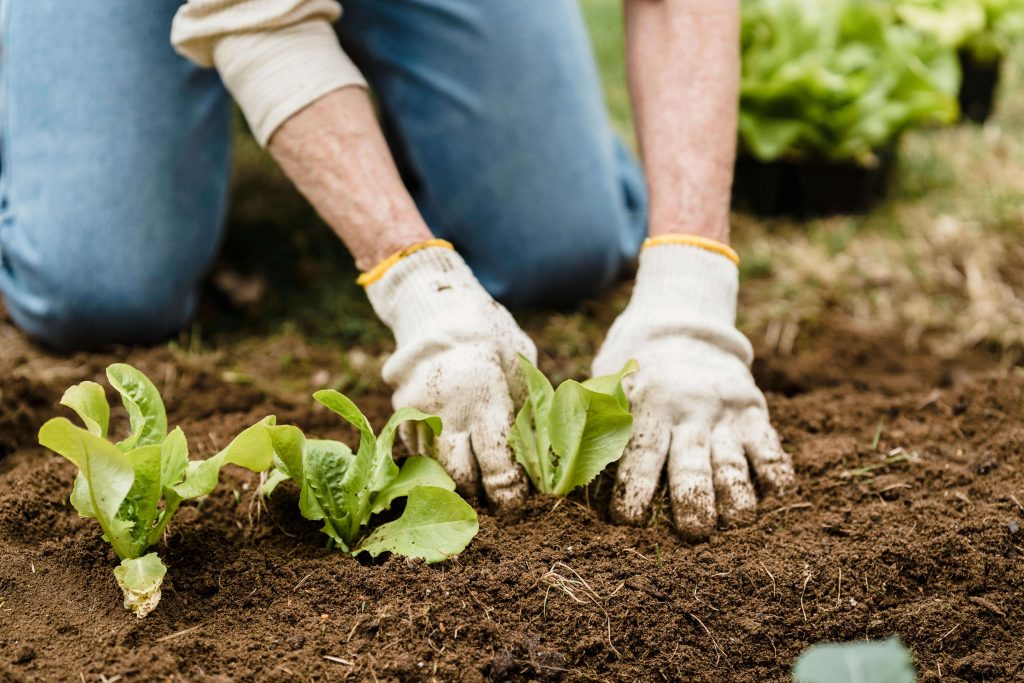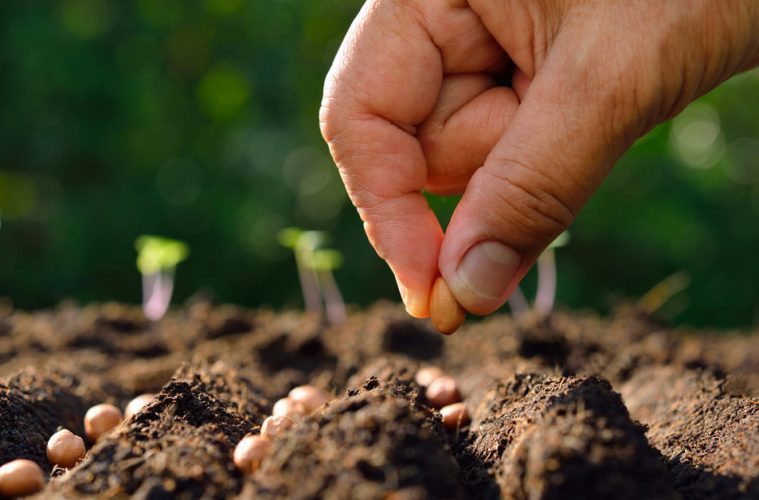One of the critical decisions that can significantly impact your harvest is selecting the right seeds. Whether you’re a seasoned gardener or a novice with a green thumb, here are five tips to help you make informed choices for a thriving vegetable garden.
Consider your climate and zone
Different vegetables thrive in specific climates and hardiness zones. Before selecting seeds, understand your local climate and the plant hardiness zone of your region. This information is crucial as it determines the types of plants that will flourish in your area. Choose seeds that are well-suited to your climate to ensure a bountiful and successful harvest.
Also read: How To Save Seeds For Next Season
Determine your garden space
Evaluate the available space in your garden before purchasing seeds. Some vegetables, like sprawling pumpkins or vining tomatoes, require ample room to spread out, while others, such as compact lettuce or radishes, can thrive in smaller spaces. Consider the layout of your garden beds and containers to make efficient use of the available space and prevent overcrowding.

Pexels
Select high-quality seeds
Invest in high-quality seeds from reputable suppliers. Look for seeds that are certified organic, non-GMO, and free from diseases. Quality seeds increase the likelihood of robust germination and healthy plant development. Read reviews, seek recommendations from fellow gardeners, and choose varieties that have a track record of success in your region.
Choose varieties based on your preferences
Take your taste preferences into account when selecting vegetable varieties. Consider the size, colour, flavour, and texture of the vegetables you enjoy. Additionally, think about whether you want to grow heirloom varieties for their unique flavours or hybrid varieties known for disease resistance and high yields. Tailoring your choices to your personal preferences ensures a more rewarding gardening experience.
Plan for succession planting
Extend your harvest season by practicing succession planting. This involves planting different crops in the same space at different times, ensuring a continuous supply of fresh vegetables. When choosing seeds, consider the maturity dates of the plants to plan a staggered planting schedule. This strategy maximises your garden’s productivity and provides a steady stream of produce throughout the growing season.
Feature image: Pexels


